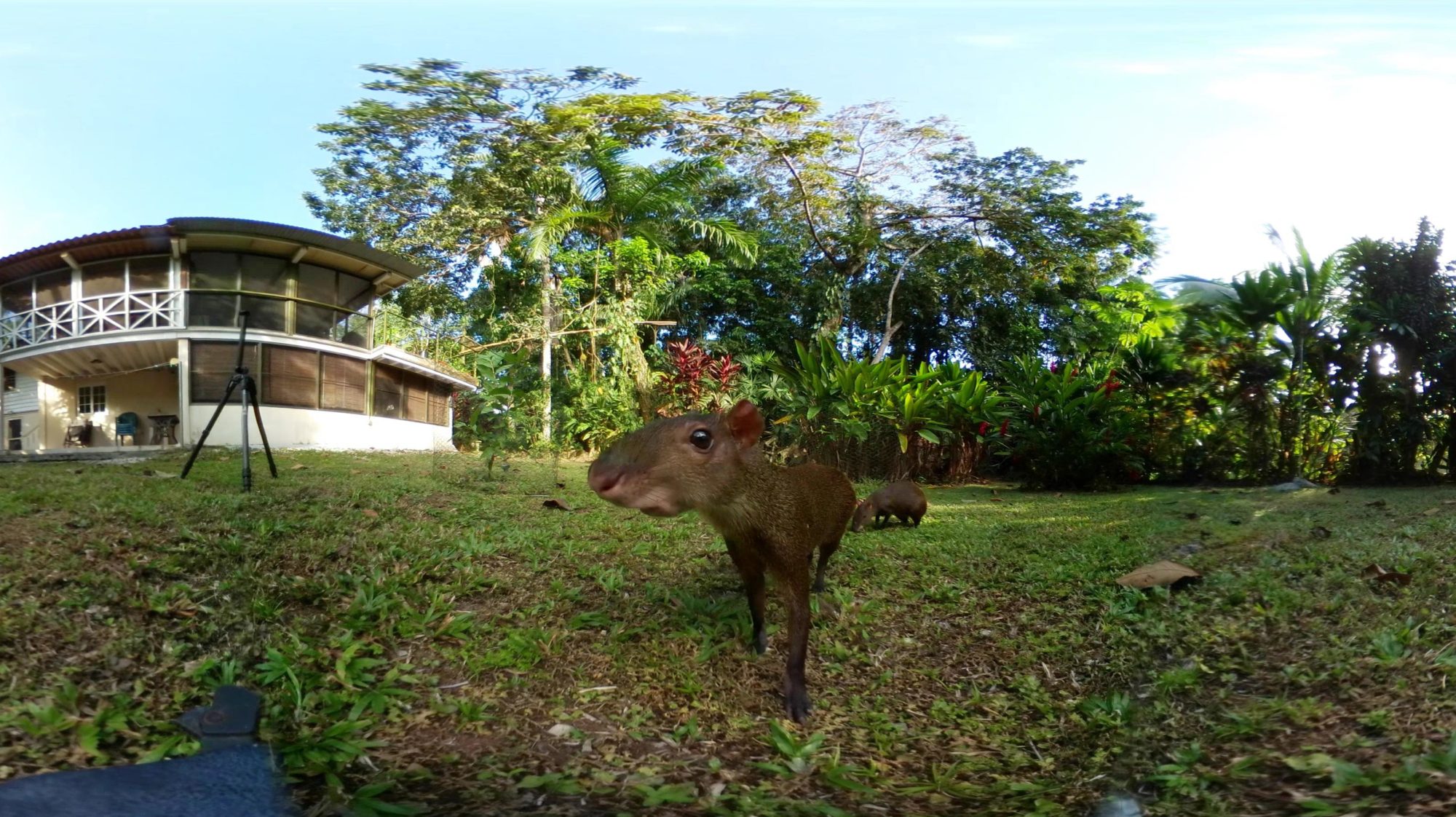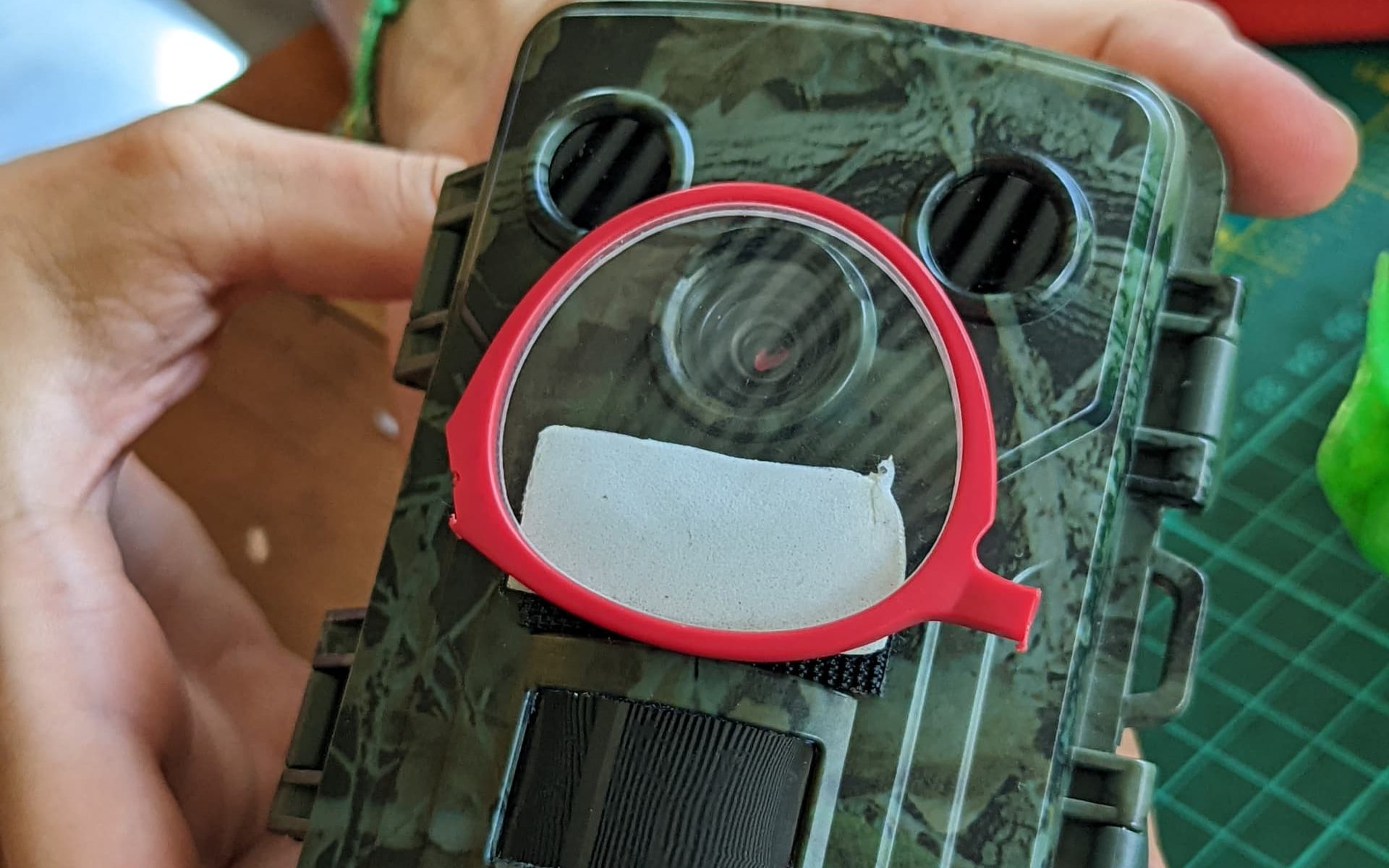Denise is a Post Doc interested in studying different aspects of the ecology of Heliconius. Currently, she is focusing on the role of mushroom bodies in their spatial and visual memory through behavioral experiments.
She came to the GOSH 2022 Global Gathering because she wanted help with a challenge she had studying her butterflies with camera traps. We managed a quick and easy hack that let her work flourish!
https://forum.openhardware.science/t/near-sighted-camera-traps/4407
The PIR sensors picked up the butterfly movement fine (to my surprise!), but she needed to get up close imagery of them, and the camera traps normally have a set focal length for much further away. We were thinking about hacking the lenses, but during the camera trap hacking session at #gosh2022 (there’s no tag for this yet) with fellow hackers Pen and George Albercook , we came up with an even easier fix!



This week Denise bought some cheap reading glasses (+3.00), we precisely cut them, and we velcroed them on!













